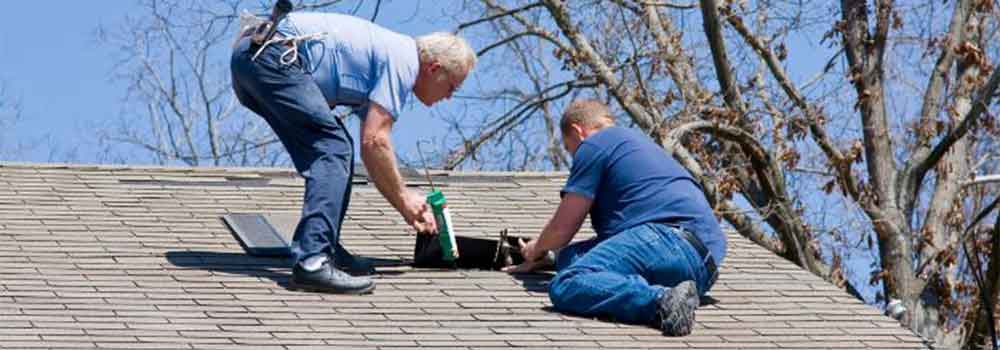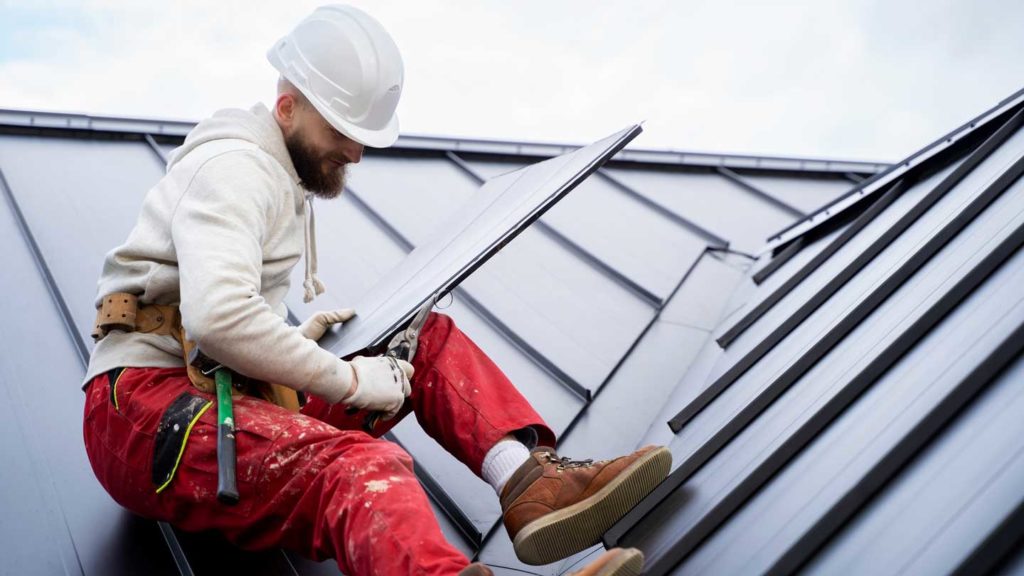Introduction
Maintaining and repairing your roof is an essential part of home ownership, but it’s important to be aware of the risks involved. Undertaking a roof repair project without proper planning and safety precautions can result in serious injury or property damage. In this guide, we will discuss the do’s and don’ts of roof repair to help you stay safe and minimize risks. We will cover essential safety equipment, tools, and materials required for the job, and the importance of leaving complex projects to the professionals. We’ll also discuss the significance of checking the ladder’s safety standards, wearing protective gear, and preparing for weather conditions before beginning work. By following these guidelines, you can tackle minor roof issues safely, cheaply, and easily.
Do be aware of the risks of roof repair.

Undertaking a roof repair can be a daunting task, but with proper planning and safety precautions, you can avoid the risks involved. It is important to use the appropriate safety equipment and follow all safety procedures, such as wearing a helmet, harness, and non-slip footwear. It is equally essential to avoid working on a wet, slippery, or icy surface, as it increases the risk of falls and injuries. If the weather conditions are not ideal, it’s best to wait until they improve. Additionally, ensure that you have a solid understanding of the repair process and have the necessary tools and materials before starting the work. By taking these precautions, you can minimize the risks and
Do know what tools and materials you need.
Having the right tools and materials is crucial for a successful roof repair. To ensure you’re well-prepared, it’s important to have the following items on hand, depending on the type of repair you’re undertaking:
Hammer, Phillips-head screwdriver set, needle nose pliers, and a utility knife or razor blade scraper for removing old shingles. Additionally, you may need a ladder, step stool, or scaffolding to access the roof safely. By having the necessary tools and materials, you can increase your chances of completing the repair quickly and efficiently.
Don’t take on a roof repair project if you’re not an expert.
Attempting a roof repair project without proper expertise can be extremely dangerous. It’s best to leave this type of work to a professional who has the knowledge and experience to do it safely and effectively. The risk of falls and electrical hazards is a real concern, and it’s not worth putting yourself in danger. Even if the project seems simple, there’s always a chance that something could go wrong and result in serious injury or property damage. Remember, it’s better to be safe than sorry when it comes to roof repairs.
Don’t use a ladder that does not meet safety standards.
Using a ladder that meets safety standards is crucial when working on a roof. The ladder should be inspected regularly and rated for the weight of the user. Check for loose or worn rungs that could cause instability when climbing up or down. Before using it on your roof repair project, ensure that your ladder is in good condition and has no cracks in its frame.
Do wear protective gear when working on your roof.
When working on a roof, your safety should be your top priority. It is crucial that you wear appropriate protective gear while doing so. Some of the essential protective gear includes goggles to shield your eyes from debris and falling objects, gloves to safeguard your hands from sharp edges and chemicals, and a hard hat or helmet for head protection, especially if there are low-hanging branches or other obstructions near the house where you could hit your head if you fell off the roof. Wearing the correct protective gear can help prevent injuries and keep you safe while repairing your roof.
Do prepare for rain or other weather conditions before you begin working.
Before working on your roof, prepare for any weather conditions by wearing appropriate clothing and having a tarp or shelter on hand. It’s important to ensure that you have enough time for the job and to avoid working during rain or other hazardous weather.
Using these tips can help you tackle minor issues with your roof safely, cheaply and easily!
These tips can help you fix minor roof issues safely, easily, and cheaply. Know the task, prepare for weather, take safety measures, use appropriate tools and materials, and be patient with the project, especially if it’s your first time doing it.
Conclusion
In conclusion, repairing and maintaining your roof by “top roofers near me” is an essential aspect of home ownership. However, it is crucial to be aware of the risks involved and to take the necessary precautions to avoid injury or property damage. By following the do’s and don’ts of roof repair, including using appropriate safety equipment, having the necessary tools and materials, and leaving complex projects to the “best roofer near me”, you can tackle minor roof issues safely, cheaply, and easily. Remember to wear protective gear, prepare for weather conditions, and take your time with the project, especially if you’re a beginner. With these guidelines in mind, you can ensure that your roof remains in good condition while staying safe throughout the repair process.


